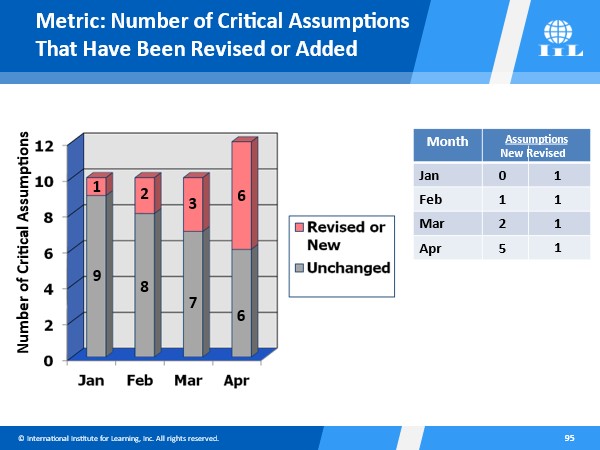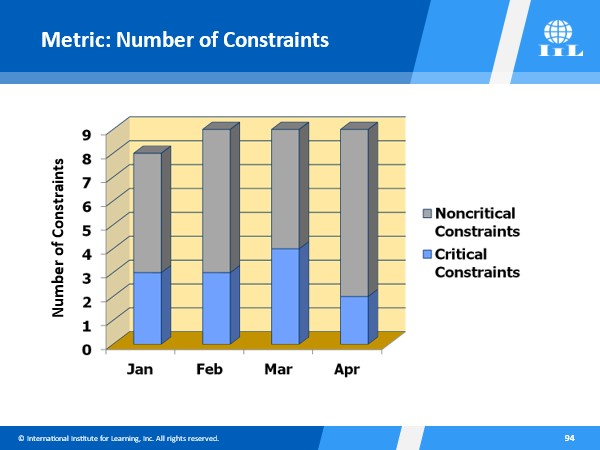By Dr. Harold Kerzner
March 22, 2023
Growth of Agile and Scrum
For the past two decades, companies began expanding the use of project management to non-traditional types of projects that were initiated based upon just an idea rather than clearly defined requirements, a business case, and a statement of work. These new types of projects created the need for flexible methodologies rather than being managed by the somewhat more rigid waterfall approach.
Agile and Scrum are two of the most widely used flexible methodologies. The traditional waterfall methodology has worked well for years using the Earned Value Measurement System (EVMS) which focused heavily upon just time, cost, and scope metrics. Agile and Scrum practitioners have identified the need for other metrics including:
- Cycle time
- Value
- Time to market
- Productivity
- Happiness
- Quality
- Team health
- Performance
- ROI
- Customer satisfaction
- Team satisfaction
There are most certainly other metrics that could be included in the above list. Almost all of the companies that have developed their own Agile and Scrum methodologies have identified metrics that help promote the use of their approach. This has allowed companies to enhance their monitoring and control systems and improve the problem-solving and decision-making capabilities using Agile and Scrum.
The Need for More Metrics
Today’s project managers are not viewed as merely managing projects, but rather managing part of a business. As such, project managers are expected to make business decisions as well as project-based decisions. Agile and Scrum are well-suited to assist in making project business decisions, but additional metrics may be helpful.
Most of the metrics that companies use focus on progress reporting and identifying problems, but mainly the results of the problems and possibly the symptoms as well. Metrics are needed that help identify the root causes of the problems. As an example, most of today’s projects are significantly impacted by the enterprise environmental factors that are part of the VUCA environment (Volatility, Uncertainty, Complexity, and Ambiguity). On traditional projects, especially those with short time durations, project managers generally assume that the assumptions and constraints established at the onset of the project will remain the same for the duration of the project. For strategic projects, which are usually longer than traditional projects, changes in the VUCA environment can have a serious impact on the assumptions and constraints. The root causes of the problems on many strategic projects are the result of environmental changes that impact our assumptions and constraints. We need metrics included in the flexible methodologies that can track changes in assumptions and constraints.
Tracking Assumptions
When assumptions change on a project due to issues in the business environment, the result can be scope changes and baseline revisions. Understanding how changing assumptions impact project execution is critical. This is shown in Exhibit 1.

Exhibit 1. Tracking Critical Assumptions
Each month, we track the number of critical assumptions. If the number of critical assumptions has changed, we must identify whether the changes are just a revision of existing assumptions or new assumptions imposed upon the project. The result of changing assumptions can be scope changes and baseline revisions.
Assumptions are usually identified as part of the project approval and prioritization process. Project managers may not have been brought on board the project this early and lack the information on the reasoning for the assumptions.
Tracking Constraints
Project managers are expected to make business decisions within the constraints imposed by customers and stakeholders. Unfortunately, requirements can change resulting in new or modified constraints that impact the project’s outcome. Exhibit 2 shows a simple metric for tracking constraints. Both critical and noncritical constraints should be tracked because of their ability to change due to the VUCA environment.

Exhibit 2. Tracking Constraints
Conclusions
Project management is becoming more of a business process requiring business decisions to be made. Metrics such as the two metrics discussed here are needed to understand the root causes of problems, especially issues related to changes in the business environment. In the next few years, there is an expectation that flexible methodologies, such as Agile and Scrum, will contain more business-related metrics that help identify the root causes of project issues. This could significantly improve the project success rate and allow us more time to take corrective action when needed.
About the Author
He has authored or co-authored more than 60 textbooks/workbooks on project management, including multiple editions of his seminal works. His books include Project Management: A Systems Approach to Planning, Scheduling and Controlling; Project Management Metrics, KPIs and Dashboards; Project Management Case Studies; Project Management Best Practices: Achieving Global Excellence; The Future of Project Management; Using the Project Management Maturity Model; and Innovation Project Management.
Dr. Kerzner holds an MS and Ph.D. in Aeronautical and Astronautical Engineering from the University of Illinois and an MBA from Utah State University. He taught engineering at the University of Illinois and business administration at Utah State University, and for 38 years taught project management at Baldwin-Wallace University. A testament to Dr. Kerzner’s profound influence on the field is the establishment of the Kerzner International Project Manager of the Year Award. This prestigious award, presented annually by the Project Management Institute (PMI) which recognizes outstanding project managers who have demonstrated exceptional leadership, innovation, and contributions to the project management profession.
Check out IIL’s Business Relationship Management Professional Course here!
Browse IIL’s PMI-RMP® Exam Prep here!
Disclaimer: The ideas, views, and opinions expressed in this article are those of the author and do not necessarily reflect the views of International Institute for Learning or any entities they represent.



